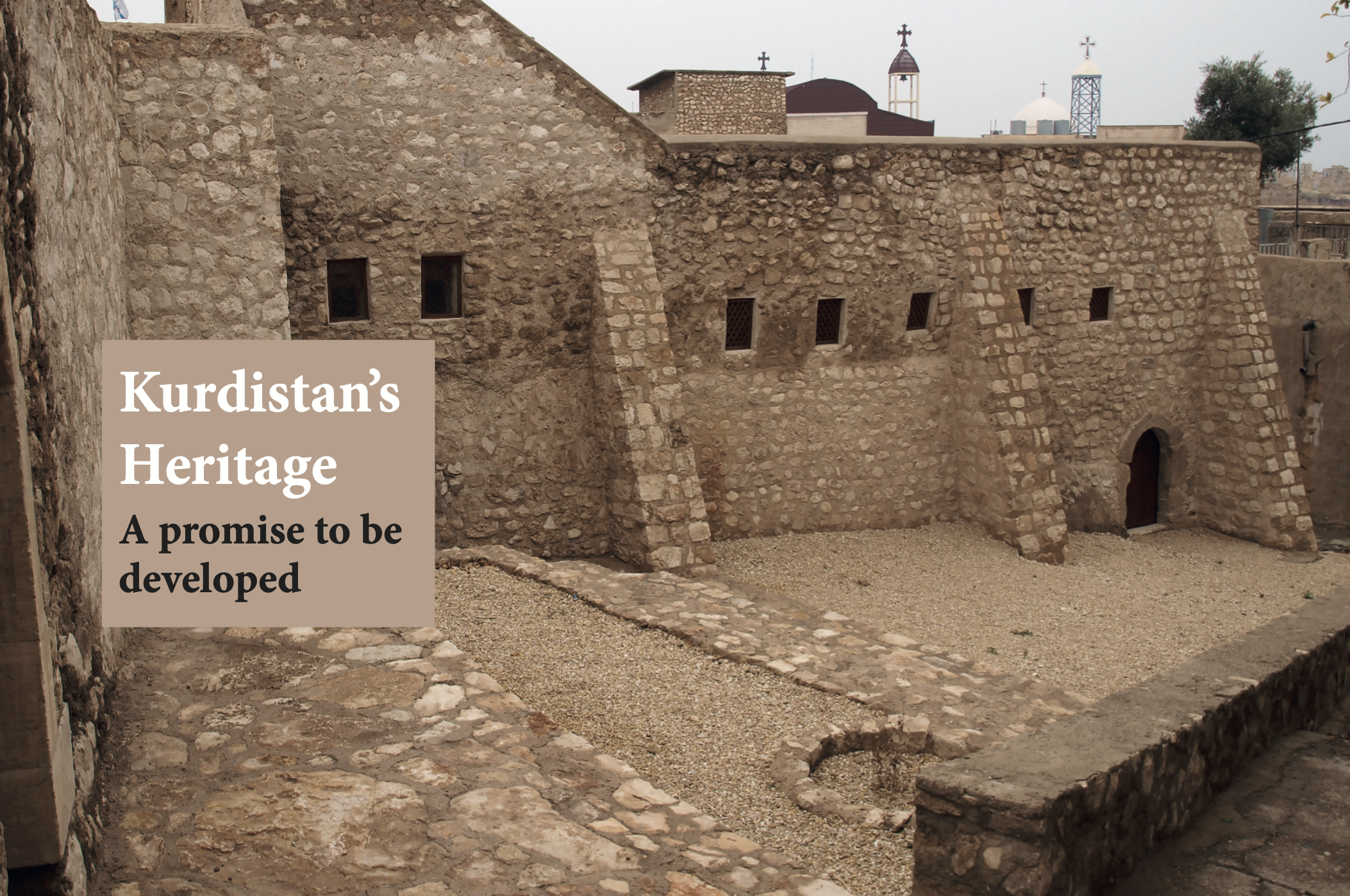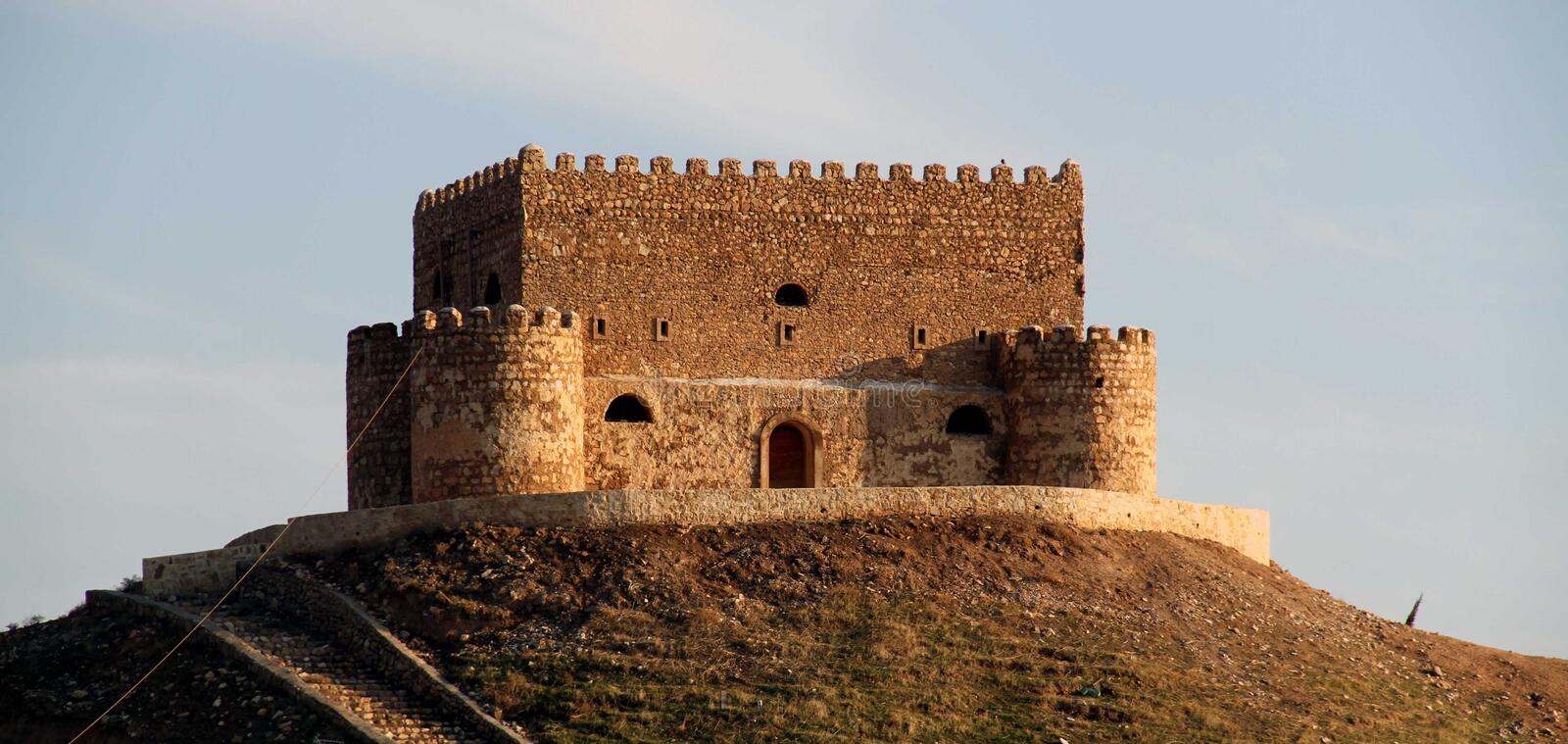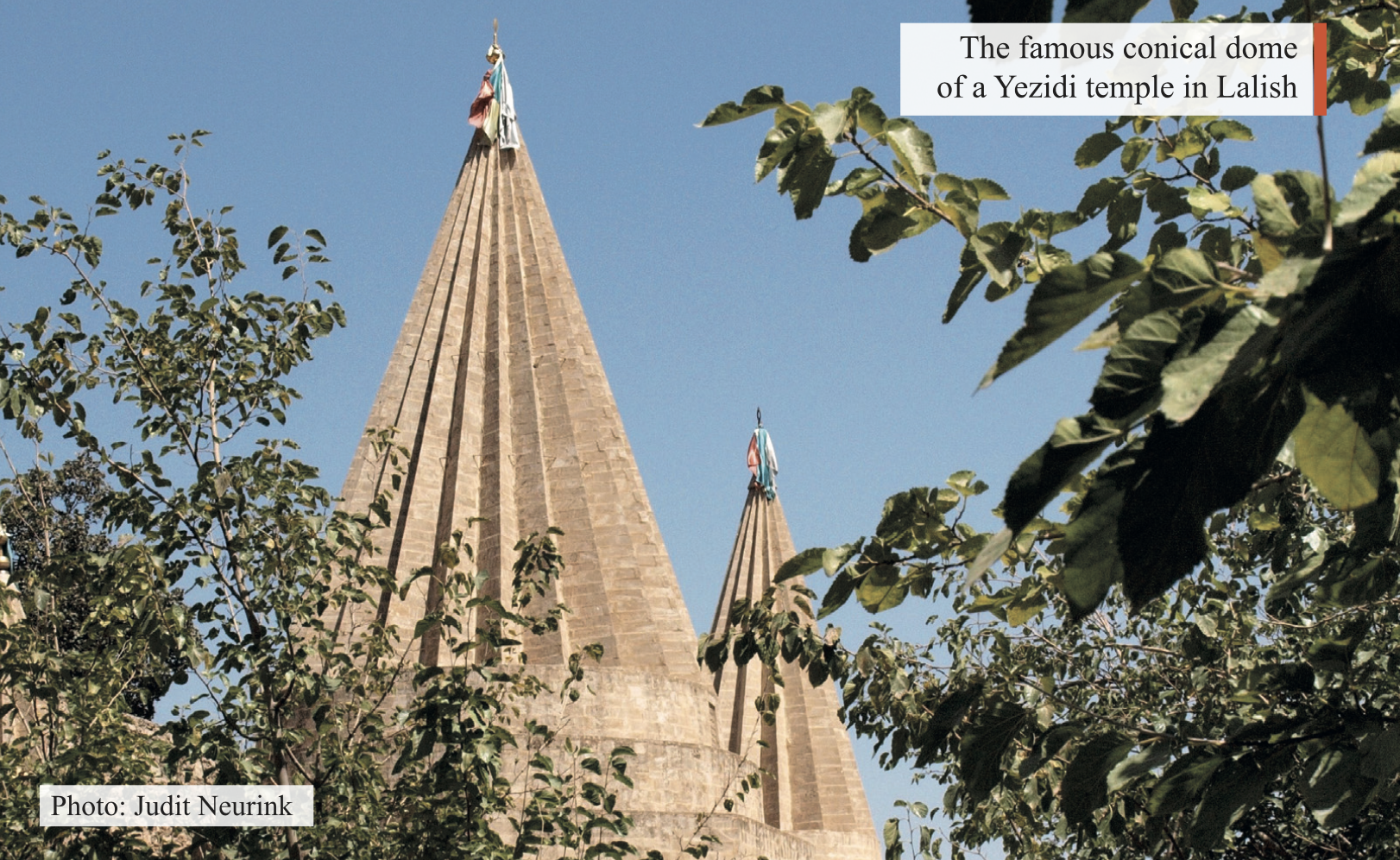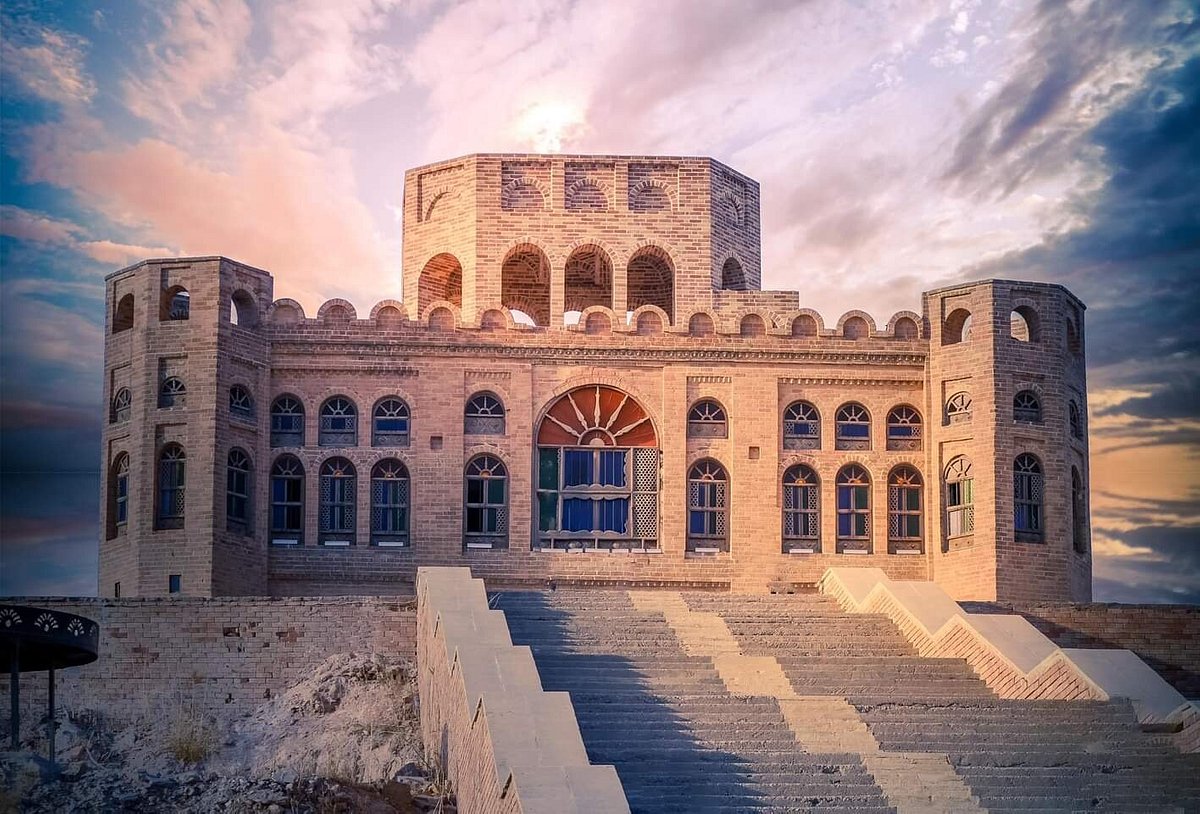“Where’s the heritage?”
Judit Neurink wondered when she moved from Amsterdam to Kurdistan. In the end, she found enough to share with those who visit the region.
When you live in the Netherlands, heritage is part of your daily life. Moving to Kurdistan, I found myself searching for similar historic buildings and markers that I was so used to seeing.
I spent my childhood in a former pastor’s house opposite the church in a small Dutch town. The house itself was a monument of sorts, as it must have been built in the early 1900s or even earlier. When I moved to Amsterdam, I ended up living in a house built in 1920, just a stone’s throw away from the famous canals with their centuries-old buildings.
Where was all that in Kurdistan? Wasn’t the region part of the cradle of civilization?
When I settled here in 2008, I saw many buildings being erected and other not-so-old buildings being torn down to make room for ever more concrete. After years of persecution and poverty, Kurdistan was finally able to recreate itself in its own image. The old buildings came with bad memories and had to go. An economic boom made that possible.
Although I could understand people wanting to live in better homes and enjoy the luxury of a great view through the sitting room window of their high-rise apartment, I was worried. For people without a history have no future. Which is why I have spent years seeking out what is left of Kurdistan’s history and trying to communicate the importance of holding on to it.

Suleimani
In the first Kurdish town I called home, Suleimani, an old building with a precarious-looking balcony out front would always catch my eye, as a concrete wall of buildings towered ever higher above it. It housed an old shop, almost a museum really. It was always surprising what you could find in there, but you’d rarely want to buy any of it. It took a Kurd who had lived abroad to lovingly convert it into a successful café and restaurant; inside, he hung the huge old wooden door from his ancestral home in Kirkuk to showcase the importance of inserting the past into the present.
Some older buildings could still be found in the old town center around Suleimani’s bazaar, a few with exquisite motifs carved into their crumbling sandstone frontages. I found it hard to find out how old the bazaar really was, as nobody seemed the slightest bit interested in that fact. Years later, UNESCO helped to restore a former hotel within it—the 90-year-old Hotel Farah, which had long since fallen into disrepair and is now a cultural center.
I also stumbled upon Suleimani’s former Jewish quarter, the Jewlakan. The synagogue has been converted into a mosque, but it is at least called the Jewlakan Mosque. Old houses remain standing at their original heights, as their inhabitants lack the funds to demolish and rebuild them, and this was now a poor area. For me, though, it was a rare jewel from the Jewish past that had ended so abruptly in the early 1950s, when most members of this religious minority left.

Erbil
In Erbil, a friend showed me around the former Jewlakan (in Tajeel quarter) at the foot of the citadel. Inside one of the houses, I was shown a small hidden door, an exit that dated from the time the Jews still lived here. I was told that the Orthodox Jewish women, who rarely left their homes, would use these doors to visit friends.
Parts of these quarters, though once prosperous and bustling with life, had fallen on hard times, and businessmen eager to build shops had already acquired them. But when the reconstruction of the citadel began, it was decided that these quarters should be restored as well and that anyone still living there was to be moved out. This proved to be good for the people, as the houses were old and without modern amenities, and the neighborhood faced serious water, hygiene, and vermin issues.
But houses that stand empty are more prone to crumble. And sadly – with the war against the Islamic terror group ISIS, the recession, and the major problems between Erbil and Baghdad presenting financial challenges – this is what has happened here, as the work never really got underway.
The oldest inhabited location in the region and Erbil’s center point, the citadel, became a World Heritage site in 2014. It had already been emptied by then. For years, internally displaced people had lived here, leaving their mark on the houses and damaging some of them in the process. Still, before they were evicted, you could wander around, as I did on many occasions.

Through tourists’ eyes
When I’d lead tourists from different European countries around, I was happy to be able to show them at least some of the better-kept mansions on the side of Erbil’s bazaar, as well as the carpet museum restored by a Swedish Kurd who has never received enough praise for his contribution because, somehow, he had managed to preserve the old atmosphere of the building.
Most official reconstructions have a definite ‘modern’ feel to them: their lines are too straight, for one, and they are too perfect. Having lived among the rickety, uneven houses of Amsterdam’s canals, that hurts my eyes.
Moreover, it’s only the surviving Ottoman buildings that are being restored, though the citadel was, of course, inhabited long before. In Amsterdam, we have houses from different eras all mixed together; how I wish this could be possible in Erbil’s citadel, too.
When I started taking tourists around, my search for heritage became more urgent, especially given the lack of guidebooks. Tourists like the old stuff; they like to hear about the history of the places they visit. We’d walk through the old center of Koya, where the caravanserai is still partly preserved, and get a sense of the bustling trading town it once was.
The famous old Delal bridge in Zakho was always too far out for us, because I’d take the groups to the ancient town of Amedi, which is beautifully perched on a mountain peak. Its Bab Zebar gate, which dates to the third century, connects the town to the valley below and offers stunning panoramic views. Tourists would be appalled by the graffiti and junk at these ancient places and sad that they’re not well-protected and that the (young) local people seemed unaware of their value.

Making Kurdistan’s heritage accessible
The Kurdistan authorities are now looking after their sites better but only the more famous ones. Amedi was where, centuries ago, the famous Jewish female rabbi Azenath Barzani taught. But the
On these tours, we would of course visit the Yezidi temple at Lalesh. Walking barefoot, the foreigners would be captivated by the Yezidi guide telling them about his people and religion. And then on to Khanis, where King Sennacherib’s 2700-years-old aqueduct would remind us of this land’s antiquity, and of the state of engineering in those distant days.
The aqueduct is part of a large canal that used to feed the gardens of Nineveh many kilometers to the south. Archeology is still a work in process here. To show the extent of the project, I would take groups to nearby Jirwana to see the big stones engraved with Sennacherib’s story that once formed the base of a bridge that conveyed the aqueduct across a river. The only snag was that if it rained, our bus couldn’t reach it for fear of getting stuck in the mud.
So, over the years, I did end up finding a lot of heritage in Kurdistan. I’ve only mentioned part of it here, but a great deal of improvement is needed across the board. Kurdistan is a bit like Greece in the 1970s: a lot of beautiful places, but not enough protection and not enough done to really open them up to tourists.
Visitors want to understand what they’re seeing and to be presented with information in both words and pictures. And they want somewhere to have a tea at the sites, to quench their thirst after a hot walk around. Kurdistan has a lot of promise: I’d love to see it deliver on it.
Judit Neurink is a Dutch journalist and writer who lived and worked in the Kurdistan Region of Iraq from 2008 to 2019.